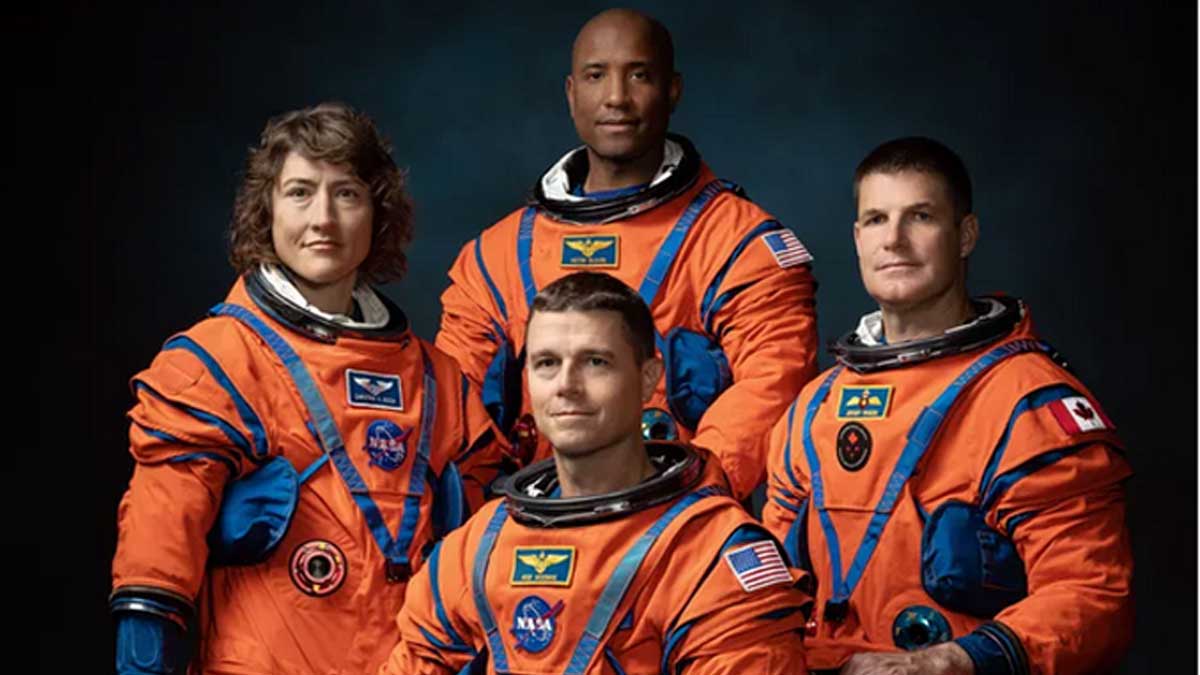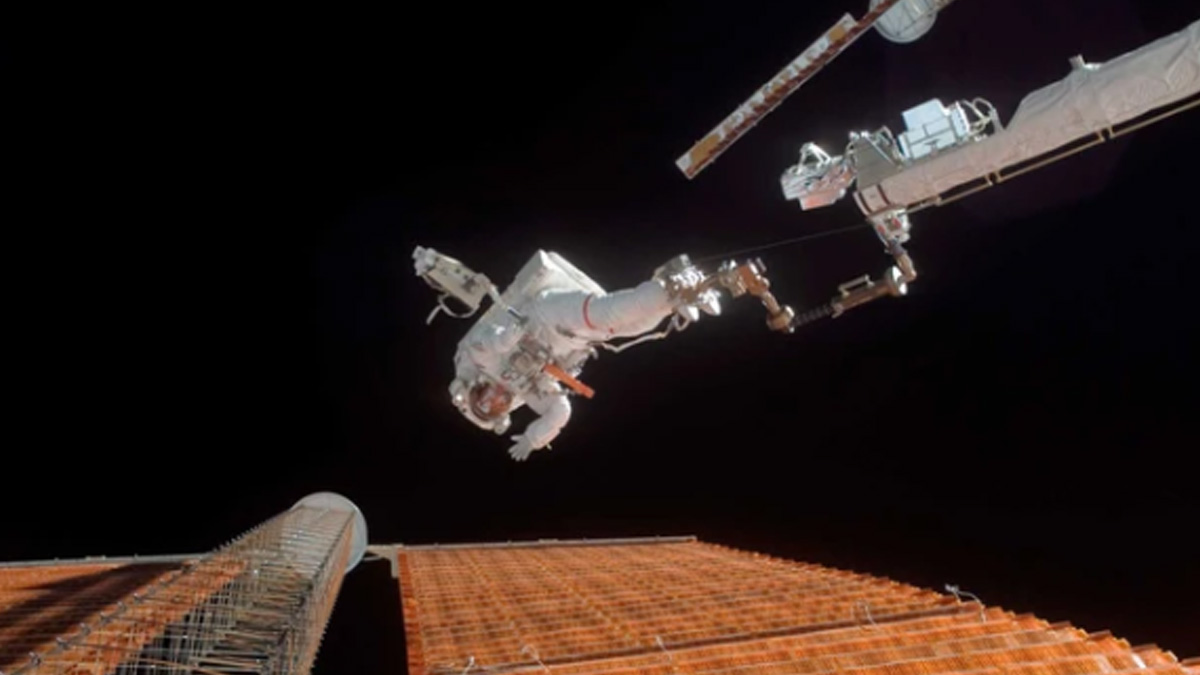
The launch is expected to happen in November
Meet NASA’s newest astronauts headed for space.
The four astronauts, who were announced Monday, were each chosen to circle around the moon as part of NASA’s Artemis II launch. The crew includes three NASA astronauts and one Canadian Space Agency astronaut.
“[This is] a demonstration of our ability to push the boundaries of human achievement, it’s a testament to the unwavering passion of the team that will make it possible, and it’s a message to the world: We choose to go back to the moon and then on to Mars. And we’re going to do it together,” NASA Administrator Bill Nelson said during a news conference on Monday, adding, “Together we will usher in a new era of exploration for a new generation of star sailors and dreamers, the Artemis generation. Together we are going to the moon, to Mars, and beyond.”
Heading to space will be mission specialist Christina Koch, Canadian Jeremy Hansen, pilot Victor Glover, and mission commander Reid Wiseman.

Each of the four astronauts brings a unique perspective to the mission, like Koch, who is known for taking part in the first all-woman spacewalk at the International Space Station in 2019 and who broke the record for the longest single spaceflight by a woman. For Hansen, who currently works with NASA on astronaut training and mission operations, this will be his first mission in space.
Glover was a pilot for NASA’s SpaceX Crew-1 mission, and Wiseman, who recently served as chief of NASA astronauts, worked aboard the International Space Station as a flight engineer in 2014.
The Artemis II launch will mark the first crewed flight of its Space Launch System (SLS) rocket and Orion spacecraft. It follows the unmanned Artemis I mission, which launched from the Kennedy Space Center in Florida in November. That mission was originally supposed to launch in 2021 but was beset by a series of technical and weather issues.
Artemis II, which is expected to launch in 2024, will travel 1.4 million miles beyond the moon over a 10 day mission. The flight is intended to “test and stress the Orion spacecraft’s life-support systems to prove the capabilities and techniques required to live and work in deep space in ways only humans can do.”
In 2025, NASA plans to launch the Artemis III mission. That mission will mark the first time a woman and a person of color land on the moon, according to NASA, as well as the first time humans return to the moon in more than 50 years and the first time humans explore the region near the lunar South Pole.
Source:










